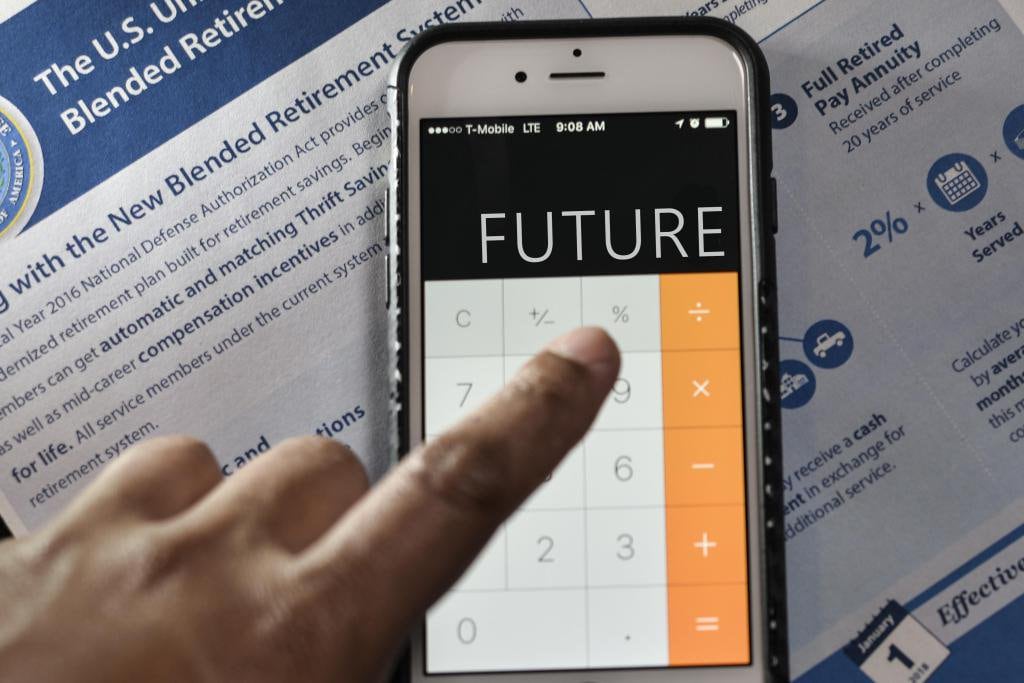The window to opt in to the military’s new Blended Retirement System shut at the end of 2018, with only about 25 percent of eligible soldiers deciding to forego the standard 20-year retirement benefits for a new plan that more closely mirrors the 401(k) plans that many companies offer.
It was the lowest turnout among the services, with the Marine Corps coming in the highest at about 60 percent. It came up Wednesday during a congressional hearing, when the Army’s top enlisted soldier was testifying on Capitol Hill.
"When asked, the overwhelming majority of the response was, ‘I plan to stay 20 years, and I feel as if the traditional retirement system will benefit me better in the future', " Sergeant Major of the Army Dan Dailey told Sen. Thom Tillis, R-North Carolina, chair of the Senate Armed Services subcommittee on personnel.
In an Army Times poll, more than half of respondents indicated they planned to serve at least 20 years. About 800,000 soldiers, with fewer than 12 years in service, were eligible ― mostly junior enlisted and noncommissioned officers.
“Our mid-grade NCOs felt they were too far into their careers to be able to capitalize on the full investment of their blended retirement contributions,” Dailey said.
The Defense Department automatically contributes the equivalent of 1 percent of a soldier’s pay into the Thrift Savings Plan. If the soldier chooses to make his or her own contributions, DoD will match up to 4 percent through 26 years of service.
If they choose to leave before 20 years, any of that saved up money is theirs to keep, or roll over into an Individual Retirement Account, then start drawing from once they reach retirement age.
And if they stay longer, they get to keep their saved money and receive a smaller monthly benefit on top of it.
The delay in access to the saved funds was the difference-maker for some, Dailey said.
“Largely, they have to take that compensation to invest in one thing that most American families do throughout their lives, and that’s a home,” he said.
With most enlisted soldiers signing up between the ages of 17 and 24, it could be decades after a 20-year retirement until they are able to access their savings without a penalty, versus an immediate defined benefit under the traditional system. That could put a snag in plans to settle down after decades of moving around every few years.
RELATED

“I don’t think it’s negative,” Dailey said. “I think that the soldiers who come in now understand the value of investment.”
The BRS might create an issue in the future, though, he added, because the matching contributions stop at 26 years. Some senior NCOs and officers will stick around for almost a decade longer than that, which can take a chunk out of their savings potential.
“I can’t predict that, but I think that may be a challenge for the future that we’ll have to deal with,” Dailey added.
Meghann Myers is the Pentagon bureau chief at Military Times. She covers operations, policy, personnel, leadership and other issues affecting service members.




